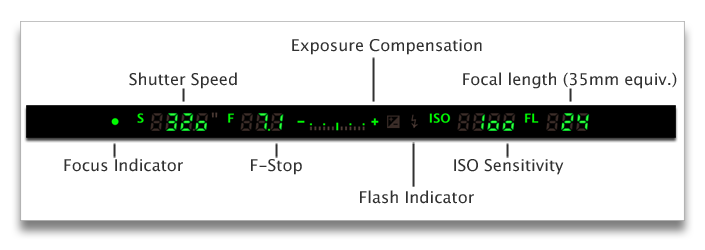
Many image-processing applications provide support for XMP metadata, and it is likely that support for IPTC embedded metadata will grow quickly.Ĭory Altheide, Harlan Carvey, in Digital Forensics with Open Source Tools, 2011 Images In 2008 the International Press Telecommunications Council (IPTC) released the IPTC Photo Metadata 2008 standard, based on requirements gathered from device manufacturers and photographers, which is implemented as a core XMP schema. When XMP cannot reliably be embedded in the native file format, as with MPEG-2, the packet is placed in a small “sidecar” file with the same filename and the suffix. Using custom embedding techniques allows XMP to be applied to a wide range of file types, including GIF, PNG, JPEG, JPEG 2000, Photoshop, MP3, MPEG-4, HTML, and WAV. In PDF, for example, the packet is embedded in a metadata stream stored within a PDF object (see Section 4.5). The actual mechanism for embedding the XMP packet varies depending on the particular file format. The suggested size for the Padding section is 2–4 KB, allowing space for editing and expanding the metadata without overwriting application data. The XMP metadata itself is embedded in files in a serialized Packet, optionally surrounded by a wrapper consisting of a Header, Padding, and Trailer sections. Many applications now provide custom dialog windows to simplify the manual entry and editing of XMP metadata. Schemas can be based on external standards (e.g., Dublin Core and EXIF) or internal schemas (e.g., XMP Rights Management) and can be associated with specific file types (e.g., PDF) or applications (e.g., Adobe Photoshop). Within XMP, metadata can be expressed using different schemas and can be extended by adding new schemas. XMP's model is flexible enough to allow structural metadata to be expressed-so that, for example, different pages in a document can be described independently. XMP values are expressed in XML using a subset of RDF (see Section 6.4), allowing great flexibility in metadata expression. In 2001, Adobe introduced the Extensible Metadata Platform (XMP) to provide a general solution for embedding metadata within files like images and PDF documents. The JPEG 2000 file format has an XML Box container that can include any XML data, although DIG35 is suggested.

DIG35 groups elements into four main categories: image creation, content description, provenance, and intellectual property rights. The DIG35 standard provides an extensible XML framework that can be used to embed metadata in the private tags of image formats like TIFF and JPEG.


 0 kommentar(er)
0 kommentar(er)
